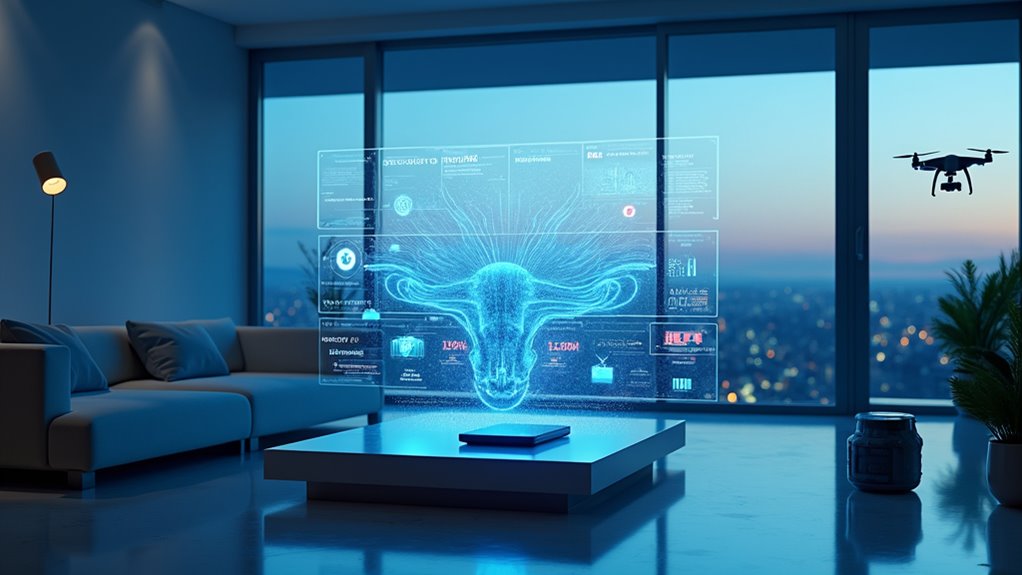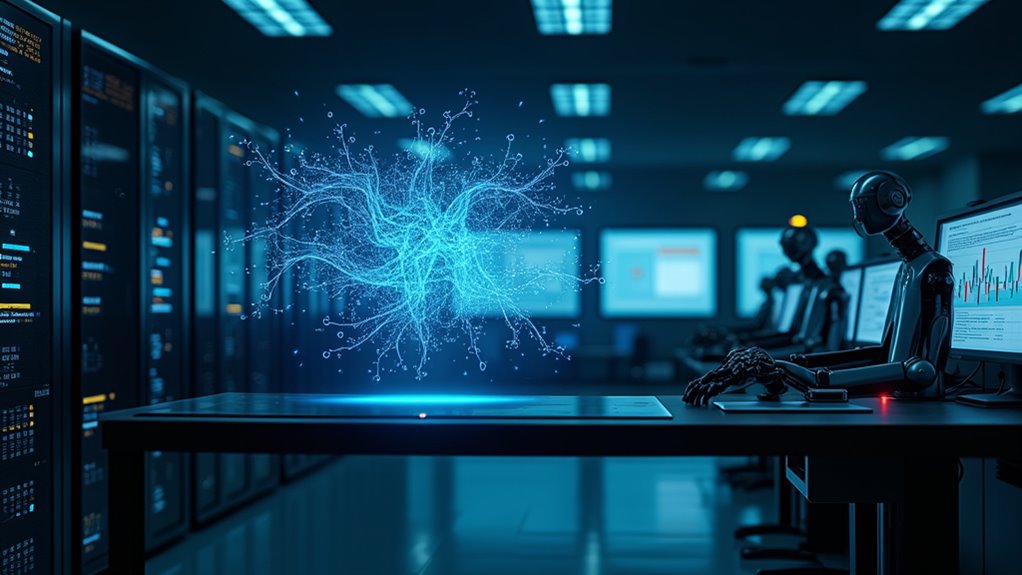Researchers have shattered a long-held belief in forensic science: fingerprints might not be as unique as we thought. Using a sophisticated AI system trained on 60,000 fingerprints from a U.S. government database, scientists discovered something that’s making forensics experts squirm in their lab coats – different fingers from the same person can share surprisingly similar patterns. Even ridge curvature analysis has proven critical in identifying these unexpected connections.
AI flips fingerprint forensics on its head, revealing that our unique identifiers might not be so unique after all.
The AI system, built with deep learning techniques, achieved a 77% accuracy rate in identifying prints from the same individual. Not too shabby for a computer that’s fundamentally telling decades of forensic experts, “Hold my beer.” The system focuses on analyzing angles and curvatures at the center of fingerprints, detecting subtle patterns that human analysts might miss while squinting through their magnifying glasses. The black box nature of AI’s decision-making process raises concerns about transparency in forensic applications.
This isn’t just about proving smart computers can outsmart humans. The implications are serious – and somewhat unsettling. Legal proceedings have long treated fingerprint evidence as gospel. Now? Not so fast. The study suggests we might need to rethink how we use fingerprint evidence in courtrooms. Forensics experts aren’t exactly thrilled about this revelation. Who would be, after building entire careers on the uniqueness of fingerprints?
The technology could become a game-changer for cold cases. Imagine dusty files suddenly springing to life with new leads – or better yet, helping to exonerate wrongly accused individuals. But don’t expect to see this AI system testifying in court anytime soon. Its 77% accuracy rate, while impressive for a newcomer, isn’t quite ready for prime time in legal proceedings. The team has made their AI code open-source to encourage further research and improvement.
The research faced significant pushback from the forensic community. Getting the study published was about as easy as convincing a cat to take a bath. Critics point to the limited accuracy and potential risks of misinterpreting the findings.
But here’s the thing: science moves forward by challenging established beliefs. And this AI system just dropped quite the challenge on forensic science’s doorstep.






